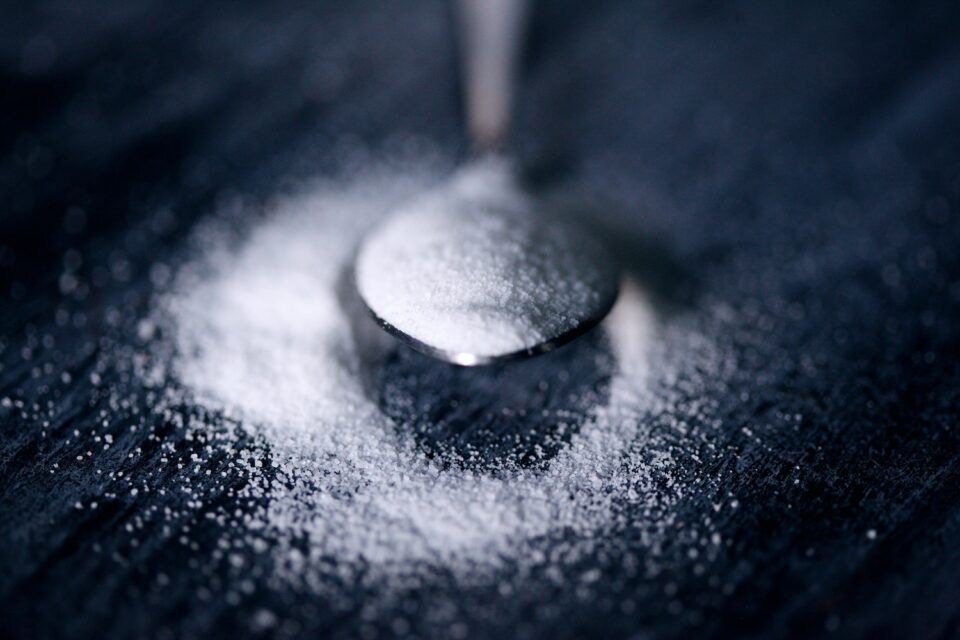
Understanding Added Sugars: Identifying and Reducing Your Intake
Sugar is a large part of our modern diet. It’s in our morning coffee, our afternoon snacks, and our beloved desserts. But do you know where your sugar is coming from and how it affects your health? In this blog post, we’ll delve into the world of added sugars, helping you understand what they are, how to spot them on labels, and why it’s essential to manage your intake.
Reading Labels: What are Added Sugars and Total Sugars?
Added sugars are precisely what the name implies—sugars added to foods and beverages during their production. This includes sweeteners, syrups, and sugars from concentrated fruit or vegetable juices. It’s crucial to differentiate between added sugars and naturally occurring sugars found in fruits, milk, and vegetables.
Identifying added sugars on ingredient lists can be tricky, as they can hide under various names. Some common added natural sugars include raw sugar, honey, and maple syrup. On the flip side, added refined sugars often come from heavily processed sources like cane, sugar beets, and corn. You might spot ingredients such as corn sugar, dextrose, fructose, glucose, high-fructose corn syrup, and more.
Total sugars, on the other hand, encompass both added and naturally occurring sugars in a given food or drink item. So, when you’re reading a nutrition label, remember that total sugars include everything.
Impact of Added Sugars on Your Body
Before we dive deeper into sugar, let’s be clear: we’re not advocating for a sugar-free lifestyle. Sugar is an essential energy source for your body. What we are promoting is awareness. It’s about understanding how sugar affects your body and making informed choices.
When you consume added sugars, your body rapidly breaks them down, causing blood sugar and insulin levels to spike. This can lead to insulin resistance and, ultimately, diabetes. Foods rich in added sugars are often high on the glycemic index, a measure of how much a specific food raises blood sugar levels. These foods can include desserts and sugary beverages, which are typically less filling and can lead to overeating.
Refined sugar is commonly found in high-fructose corn syrup, sugar-sweetened drinks, processed foods, low-fat products (where fats are replaced with sugar for flavor), and a range of baked goods.
Did you know?
- 39 grams of sugar equal approximately 9.75 teaspoons.
- 20 grams of sugar are equivalent to around 5 teaspoons.
Dietary Guidelines for Added Sugars
Understanding sugar guidelines is crucial to making informed choices about your diet. To put things in perspective, 4 grams of sugar is roughly equal to 1 teaspoon. To make it more relatable, let’s look at some real-world examples:
- A 12-ounce can of cola contains 39 grams of sugar, equivalent to about 9.75 teaspoons.
- A regular-sized Snickers bar has 20 grams of sugar, which is akin to 5 teaspoons of sugar.
Visualizing the sugar content in your favorite beverages and foods can empower you to make healthier choices. According to the American Heart Association, it’s recommended that you consume no more than 100-150 calories per day from added sugars, roughly equivalent to 6-9 teaspoons or 24-36 grams per day. Remember, this includes all the foods and drinks you regularly consume. These amounts may vary if you are navigating a health condition. It is always best to work with a medical provider to understand what is appropriate for you.
Top Sources and Average Intakes of Added Sugars
Understanding where added sugars lurk in your diet is key to reducing your intake. Here are some common sources and average intakes of added sugars in the U.S. population, ages 1 and older. The average intake for added sugars is 266kcal/day.
- Breakfast Cereals & Bars: 7%
- Sugar-Sweetened Candy & Snacks: 9%
- Higher Fat Milk & Yogurt: 4%
- Desserts & Beverages: 24%
- Sandwiches: 7%
- Sweetened Snacks: 19%
- Coffee & Tea: 11%
- Other Sources: 19%
Within Sugar-Sweetened Beverages:
- Soft Drinks: 16%
- Fruit Drinks: 7%
- Sport & Energy Drinks: 2%
- Other Sources: 1%
Within Desserts & Sweet Snacks:
- Cookies & Brownies: 6%
- Ice Cream & Frozen Dairy Desserts: 5%
- Cakes & Pies: 4%
- Doughnuts, Sweet Rolls, & Pastries: 4%
Source: Dietary Guideline for America 2020-2025
Remember that these statistics represent average intakes, and individual consumption may vary. Being aware of these sources can help you make more conscious choices about your sugar consumption.
In conclusion, understanding added sugars and their impact on your health is the first step to cultivating a healthier diet. It’s not about deprivation but empowerment. By reading labels, recognizing sources of added sugars, and adhering to dietary guidelines, you can take control of your sugar intake and make choices that align with your health goals. As always, consult with a medical provider or licensed nutrition professional for personalized guidance on sugar intake, especially if you have specific health concerns like diabetes.
Disclaimer: The information in this blog post is for informational purposes and does not constitute medical or nutritional advice.
Subscribe to the Between Two White Coats podcast to listen to our full episode on type 2 diabetes.